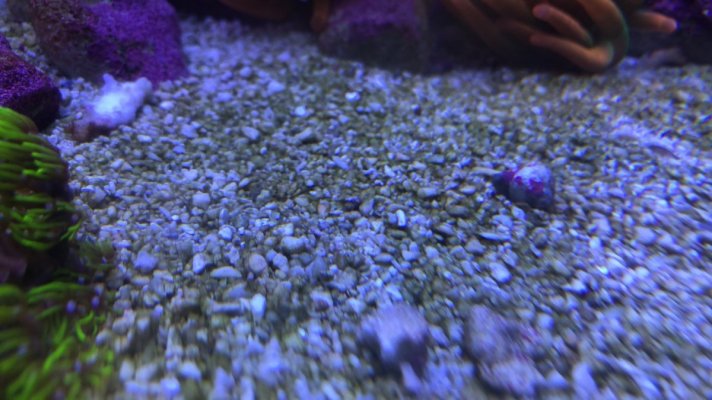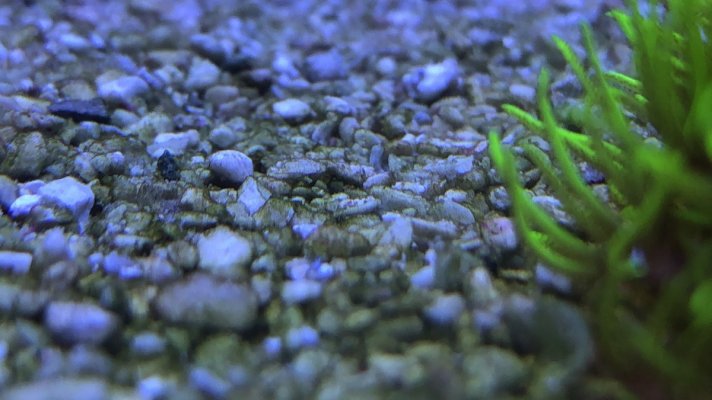- Joined
- Oct 6, 2019
- Messages
- 27
- Reaction score
- 33
Hello,
I need help getting an ID on agae over my tank crystal and sand bed. I thought it was Dino’s but I can see another things with my micro. In the images, you can see how is the sand partially covered with something like diatoms. The green typical algae over the crystal is another image in video.
I can see saome dinos in every video or photo, but I dont Know how many dinos is normal or if only a few dinos are a big problem.
Thank you.
This is de video link with micro and video and fotos of the tank.


I need help getting an ID on agae over my tank crystal and sand bed. I thought it was Dino’s but I can see another things with my micro. In the images, you can see how is the sand partially covered with something like diatoms. The green typical algae over the crystal is another image in video.
I can see saome dinos in every video or photo, but I dont Know how many dinos is normal or if only a few dinos are a big problem.
Thank you.
This is de video link with micro and video and fotos of the tank.
















